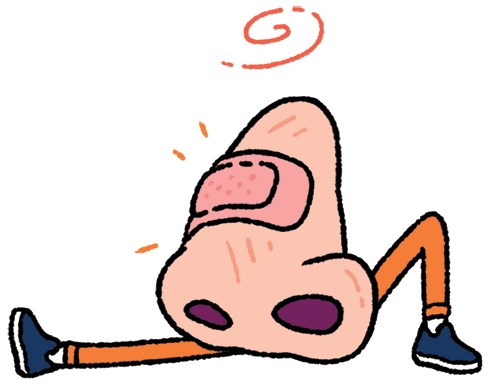Enhance Your Sleep and Reduce Stress Through Breathing Techniques
We often hear the phrase that some tasks are “as simple as breathing”, but breathing has its complexities. Jamie Clements, a certified breathwork coach and founder of Breath Space, highlights that while it’s difficult to breathe incorrectly, there are certainly ways to optimize our breathing. “Improving how we breathe can positively impact our emotional, mental, and physical well-being,” she states.
Breathing exercises can aid in relaxation, enhance athletic performance, and increase mental clarity. Here are six effective techniques to explore.
While counting sheep is a popular method to encourage sleep, counting breaths can also be effective. Rebecca Dennis, founder of the London-based Breathing Tree, recommends the “4-7-8 breathing” technique. This involves inhaling for a count of four, retaining the breath for seven, and exhaling for a count of eight. “This technique promotes deep belly breathing, which helps calm the mind,” she explains.
2. Lengthen Your Exhale to Manage Stress
Panting or holding our breath can be instinctive in stressful situations but doesn’t alleviate anxiety. Clements proposes practicing “extended exhale breathing” instead. “Inhale slowly through your nose for three to four counts, then exhale gently through your mouth for a count of six, eight, or even ten,” she suggests. “Extending the exhale helps lower heart rates and reduces overall nervous system stimulation.”
3. Breathe Through Your Nose While Running

While we typically breathe heavily when running, this can be inefficient. “Breathing through your nose is more effective,” Dennis notes. “When panting, we lose too much carbon dioxide, which is essential for oxygen delivery to muscles. By consciously breathing through your nose, you enhance muscle efficiency.”
If this technique feels challenging initially, Dennis advises to reduce your pace until you can comfortably manage nasal breathing. “With time, it will become easier, and your performance will improve as a result.”
4. Utilize Inhaling Technique Under Pressure

When feeling overwhelmed—such as before a speech or an important event—employing a “physiological sigh” can help. Clements describes this as taking a deep breath in through the nose, followed by a smaller inhale at the top of the breath, and then a slow exhale through the mouth, akin to sighing. This method efficiently clears carbon dioxide from the lungs, fostering relaxation. “Just a few of these breaths can act as a quick reset,” she adds.
5. Use ‘Box Breathing’ to Enhance Concentration
If you need to focus on a task, consider box breathing, a method popularized by U.S. Navy Seals to maintain composure in high-pressure situations. Visualize “drawing a box” with your breath by inhaling for four counts, holding for four, exhaling for four, and holding again for four. “This technique effectively calms the nervous system,” Clements mentions, as it lowers blood pressure and promotes relaxation, making space for concentration.
6. Slow Breaths for Relieving Pain

For those experiencing pain, “coherent breathing” can be beneficial. This involves taking slow, equal counts for both inhalation and exhalation, typically around five to six counts. “This technique helps eliminate the stress hormone cortisol, allowing the body to produce more pain-relieving hormones,” explains Dennis.




Post Comment